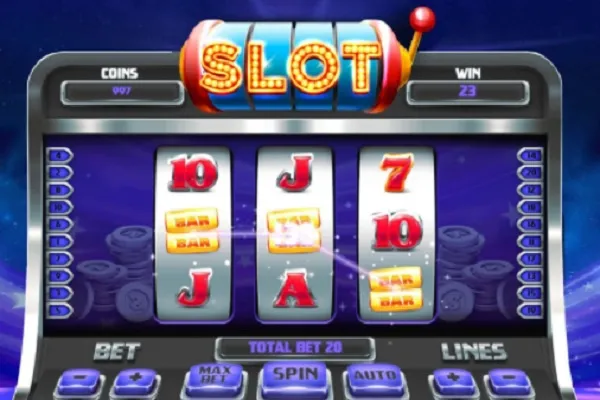
What makes certain online pokies more profitable than others?
Profitability gaps between pokies titles trace back to mathematical design baked into their code. Return-to-player numbers, variance profiles, bonus drop rates, and jackpot builds create wildly different money outcomes across games. Some pokies kick back 98% of bets over time, while others hover near 94%. Hit frequency controls how often wins land regardless of the amount. Players hunting profitable games sometimes launch their search using $100 sign up bonus casino no deposit australia deals that drop testing cash for weighing different titles without risking personal money. How these math factors mesh together splits consistently rewarding games from those bleeding funds fast.
RTP percentage ranges
Published return-to-player numbers show theoretical long-haul payback amounts. Games pushing past 96% RTP kick back more per dollar bet than those falling under this line. A 98% RTP game theoretically returns $98 for every $100 bet across millions of spins, while a 94% game returns just $94 from identical action. RTP brackets sort games into profit tiers:
- Top-shelf games 97-98% RTP delivering the best math returns
- Middle-road games 95-96% RTP, giving balanced expectations
- Budget picks 93-94% RTP, handing out weaker long-run worth
- Bottom-tier games under 93% RTP are rarely worth touching
These percentages run over massive spin counts, dwarfing individual player session volumes. Short-run results bounce around wildly, no matter what published RTP claims, but long-haul math edges tilt toward higher percentage picks.
Hit frequency mathematics
How often wins drop, separate from payout size, drastically shapes perceived profit. High hit frequency games pay on 30-40% of spins, holding players through steady small wins. Low hit frequency games might pay just 15-20% of spins, but make up ground with fatter average payouts when hits connect. Regular small wins stretch playing time better than scarce large hits for most players. Games dropping something every few spins feel more profitable mentally, even when actual RTP mirrors less frequent payers. This perception versus reality split influences which games players tag as profitable despite matching math edges.
Volatility impact factors
Variance brackets determine the win scatter patterns across sessions. Low volatility games spread returns smoothly with tame swings, while high volatility bunches returns into occasional fat hits split by stretched losses. Session-to-session variance builds different profit experiences:
- Low variance pumps consistently produce modest returns with rare big dumps
- Medium variance balances steady returns with occasional chunky wins
- High variance spawns long losing runs broken by substantial wins
- Extreme variance births massive swings needing deep pockets
Players carrying tight budgets find low volatility more profitable through stretched play duration. Those hunting life-altering wins accept high volatility despite potentially torching budgets quicker between major scores.
Bonus feature frequency
How often bonus rounds fire affects the overall profit past the base game RTP. Games dropping bonus features every 80-100 spins, hand regular profit shots through free spins or prize picks. Those firing bonuses every 250-400 spins force longer waits between major winning windows. Bonus round fatness matters equally to frequency. Some features average 20-30x stake returns, others pump 50- 100x or higher. The mix of trigger frequency and average bonus haul makes the actual profit metric more meaningful than either piece alone.
Profit gaps across pokies spring from RTP numbers, hit frequency rhythms, volatility brackets, bonus feature drop rates, and maximum win reaches working together. Games mixing high RTP past 96%, reasonable hit frequencies, and substantial maximum win multipliers pump superior long-run profit versus titles weak in any of these critical math dimensions.

